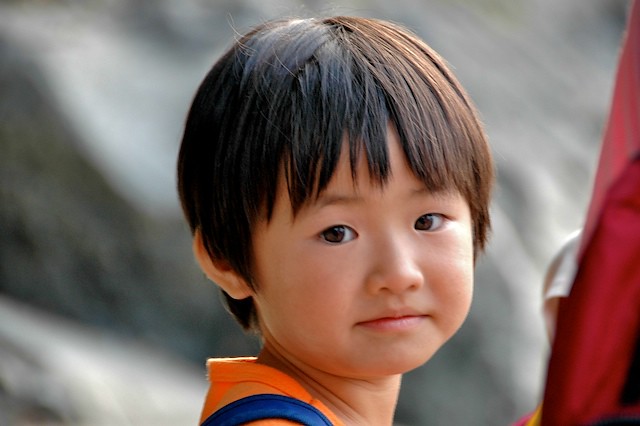Historic Cash Support Announced
On July 28, 2025, China’s government announced a nationwide childcare subsidy program, offering families 3,600 yuan (approximately $500) annually for each child under the age of three. This marks the first national-level direct cash payment designed to ease child-rearing costs and encourage higher birth rates.
Broad Reach Across Millions of Families
The subsidy, retroactive to January 1, will benefit over 20 million households each year. Children born between 2022 and 2024 who are still under three are also eligible for partial payments. Provinces will determine payment timing, enhancing flexibility in the rollout process.
Demographic Crisis Prompts Policy Shift
China has experienced three consecutive years of population decline, with birth rates dropping sharply since the end of the one-child policy in 2015. In 2024, births totaled around 9.5 million, nearly half of the 2016 peak.
Expert Skepticism Over Its Impact
While officials present the subsidy as a benchmark aligned with global standards, economists caution that the modest sum—less than $40 per month per child—may lack the power to shift fertility behavior significantly. Concerns include high living costs, limited access to quality childcare, and persistent societal barriers to childbearing.
Local Success Stories Inform National Policy
Cities like Tianmen in central China have implemented significantly higher local subsidies—offering as much as Rmb10,000 for births and monthly child support. Tianmen recorded a 17% rise in birth rates in 2024, though experts question whether such models are scalable across diverse regions.
Wider Fertility Support Measures Already in Place
This subsidy is part of broader “fertility-friendly” initiatives launched since late 2024, including extended maternity leave, tax breaks, affordable housing, and matchmaking platforms to promote marriage and childbirth Reuters. However, many argue deeper structural reforms—such as workplace protections for mothers, accessible childcare infrastructure, and cultural shifts—are necessary for meaningful change.
Challenges Beyond Financial Incentives
China now faces an ageing population with fewer working-age adults supporting a shrinking cohort of retirees. Despite policy shifts from one-child restrictions to unlimited family size since 2021, the prevailing economic and cultural environment continues to dissuade many from having children.
What Happens Next
- Subsidies rollout: Provinces will begin payments in 2025; affected families must register or claim retroactive aid.
- Complementary policy development: Experts hope this will lay groundwork for further fiscal transfers—like expanded childcare infrastructure and family leave reforms.
- Data monitoring: Policymakers will closely watch early trends to assess impact and consider scaling up.
Final Perspective
China’s introduction of a $500-per-child subsidy represents a major policy shift toward addressing its demographic crunch. While symbolically significant, experts say that reversing decades-long fertility decline will require far broader economic, social, and cultural transformations—not just direct payments.










